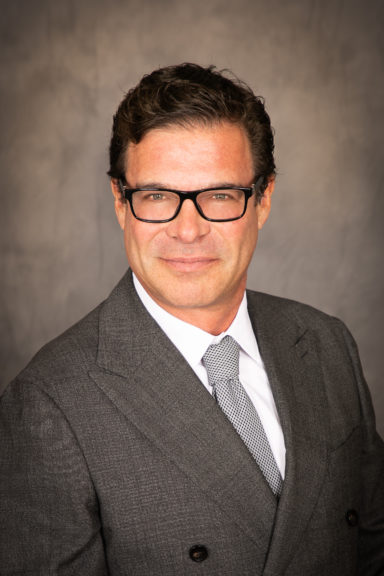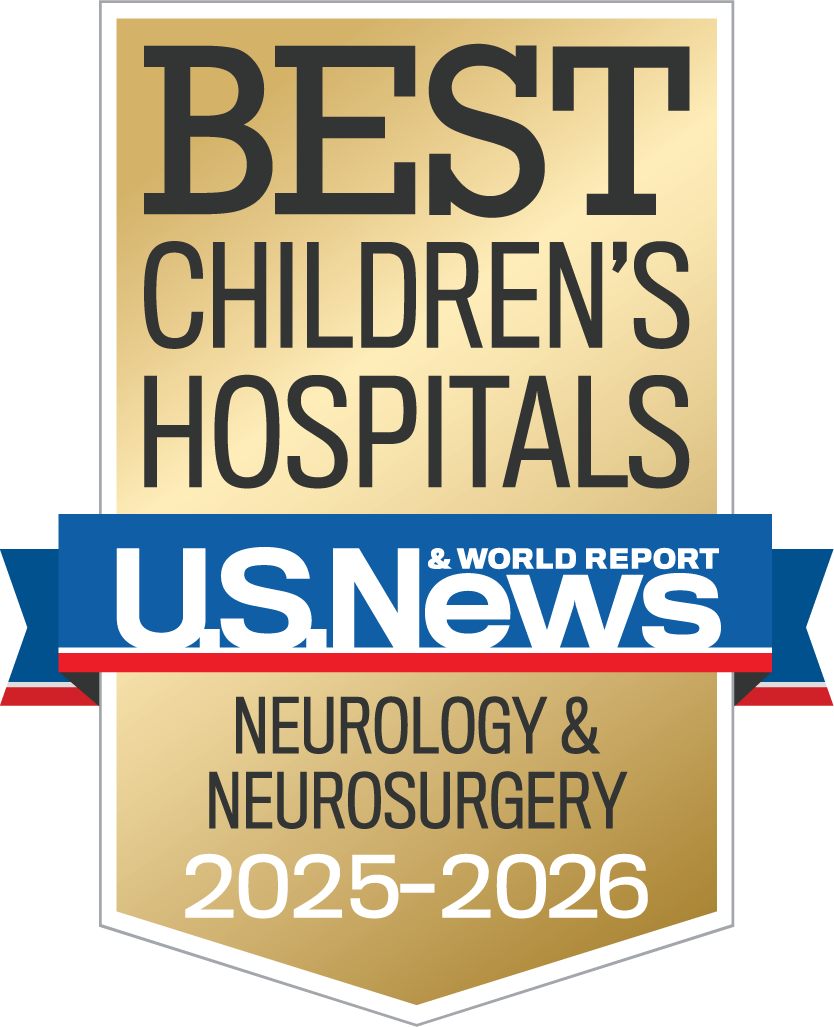Due to the complexity of secondary dystonia and the brain’s potentially unpredictable response, deep brain stimulation (DBS) has seldom been used in the treatment of this disorder. However, a CHOC neuroscientist has developed a breakthrough method of DBS to treat secondary dystonia in pediatric patients.
Dr. Terence Sanger, pediatric neurologist and chief scientific officer at CHOC, has pioneered a new surgical approach in DBS for pediatric secondary dystonia. Patients undergo three procedures rather than two, nullifying the need for patients to be awake during DBS surgery. Not only does this save children from the potentially traumatic experience of being awoken during brain surgery, it leads to significantly better outcomes in secondary dystonia treatment, with a current success rate between 85% and 90%.

Unlike patients receiving DBS for other disorders, where results can be observed during surgery, a child with secondary dystonia may have concerns with movements or actions that can’t be addressed on the operating table. For example, a child with secondary dystonia may have difficulty walking, but the physician cannot test DBS’ effectiveness by waking the child and asking him or her to walk.
To overcome this obstacle, Dr. Sanger and his team first insert test electrodes into the patient’s brain. The initial procedure is followed by a week of surveillance and testing. After selecting which electrodes are most effective at treating the patient’s symptoms, the team places permanent electrodes followed by a third procedure to implant the stimulator. The week between the placement of test electrodes and the placement of permanent electrodes allows Dr. Sanger and his team to observe which electrodes are effective.
“The biggest benefit of the three-procedure method is we know where the wires need to be in the patient’s brain for the most effective treatment,” Dr. Sanger says. “By the time we get to the third surgery, we know exactly what’s going to happen. As an engineer, I’m a big believer in measuring twice and cutting once, and effectively, that’s what these three procedures allow us to do. Every child’s brain is different, so we have to learn about how each brain operates before we can perform a successful surgery.”
In addition to his revolutionary procedure for secondary dystonia, Dr. Sanger believes in the future of neuroscience at CHOC.
“At CHOC, our tagline for research is ‘Go beyond,’ and I’ve never seen that belief more exemplified than in the work I’ve seen at our Neuroscience Institute,” Dr. Sanger says. “We are not going to improve pediatric neurology care by doing what other hospitals do, but better. We are going to improve by doing something different, like we’ve done with DBS for secondary dystonia. It’s very exciting, and I believe we have the opportunity to make a huge difference.”

CHOC Hospital was named one of the nation’s best children’s hospitals by U.S. News & World Report in its 2025-26 Best Children’s Hospitals rankings and ranked in the neurology/neurosurgery specialty.




